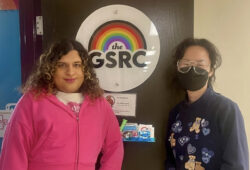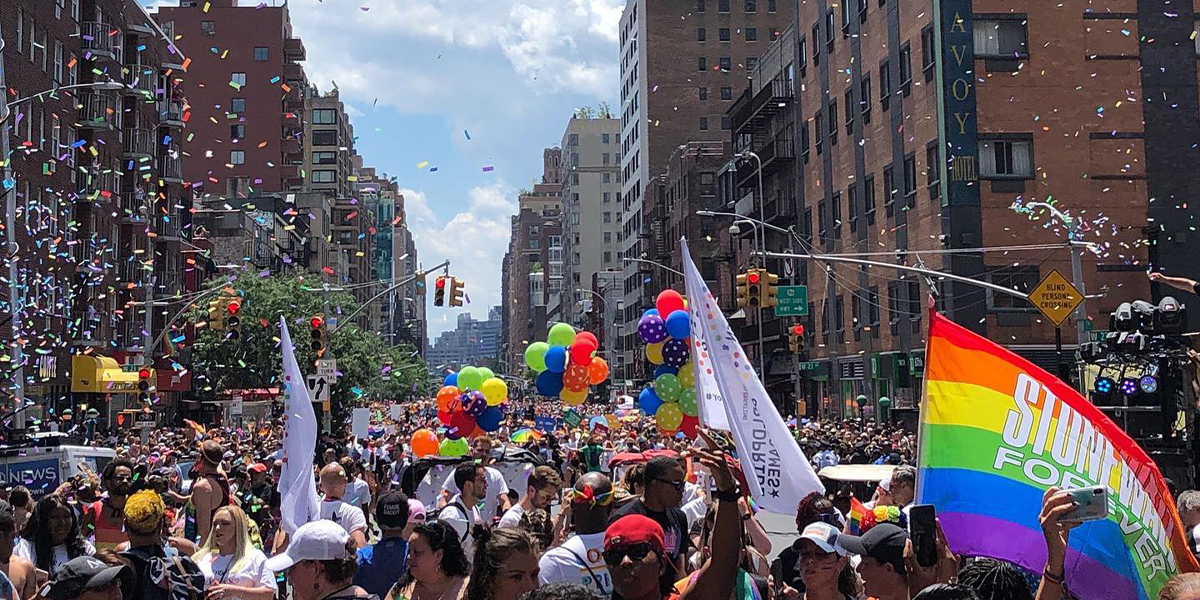The leaders of Canada’s major federal party leaders have never been so unpopular all at once, a new survey shows.
New data from the non-profit Angus Reid Institute have found that never before have Canadians so intensely disapproved of all three major party leaders at once.
The firm analysed of 50 years of public opinion data and found that it confirmed what has been evident for some time: the angry mood of the Canadian electorate some 18 months from the next federal election.
The pollster says the “popularity” rating is calculated by subtracting favourability from unfavourability ratings. The math shows a trio of leaders in negative territory.
Despite his party’s standing in recent horse race polls, Conservative leader Pierre Poilievre has a net approval of -12 per cent. Angus Reid concludes in its assessment of the data that he scores negatively among men (-3) and women (-19). Poilievre started out in negative territory and has stayed there, but while that’s not great, it could be worse.
For example, NDP leader Jagmeet Singh is at his lowest-ever rating with a net approval of -14, despite breaking even with women voters. He is, however, -30 with men, the data shows. According to the new polling, Singh’s current unpopularity stems from his party’s two year old supply and confidence deal with the Liberals, which has drawn criticism for upholding Trudeau’s minority Liberal government.
The ratings for those two are not very good, but for Prime Minister Justin Trudeau, his net disapproval is a stunning -38 per cent, his worst-ever mark.
This is the first time in 50 years of tracking the popularity of federal party leaders that all three major party leaders sit at a net popularity of -12 per cent or worse, Angus Reid says.
There have been unpopular leaders in the past. Notably unpopular were the late Tory prime minister Brian Mulroney in the early 1990s and Canadian Alliance leader Stockwell Day, who, in May 2001, had a net approval of a whopping -63 per cent.
Historically, the downward slide in political popularity for one leader has often seen the rise, or at least a head above water in the popularity of another leader. It wasn’t a massive amount of popularity, but in the early 1990s when Mulroney’s stock tumbled, NDP leader Audrey McLaughlin enjoyed net approval ratings of five and 10 per cent in 1991 and 1992, respectively.
The decade of the 2010s is when the leaders of the major parties began to begin seeing negative net approval ratings simultaneously. In 2011, then-Liberal leader Michael Ignatieff registering a net approval rating of -37. At the same time, then-prime minister Stephen Harper was sitting at a -21 per cent approval rate, and the NDP’s Jack Layton sat at -5 per cent.
The same was true again in 2019 when Justin Trudeau’s net approval rate sat at -31 per cent, with Singh and former Tory leader Andrew Scheer also sitting in the negatives.




